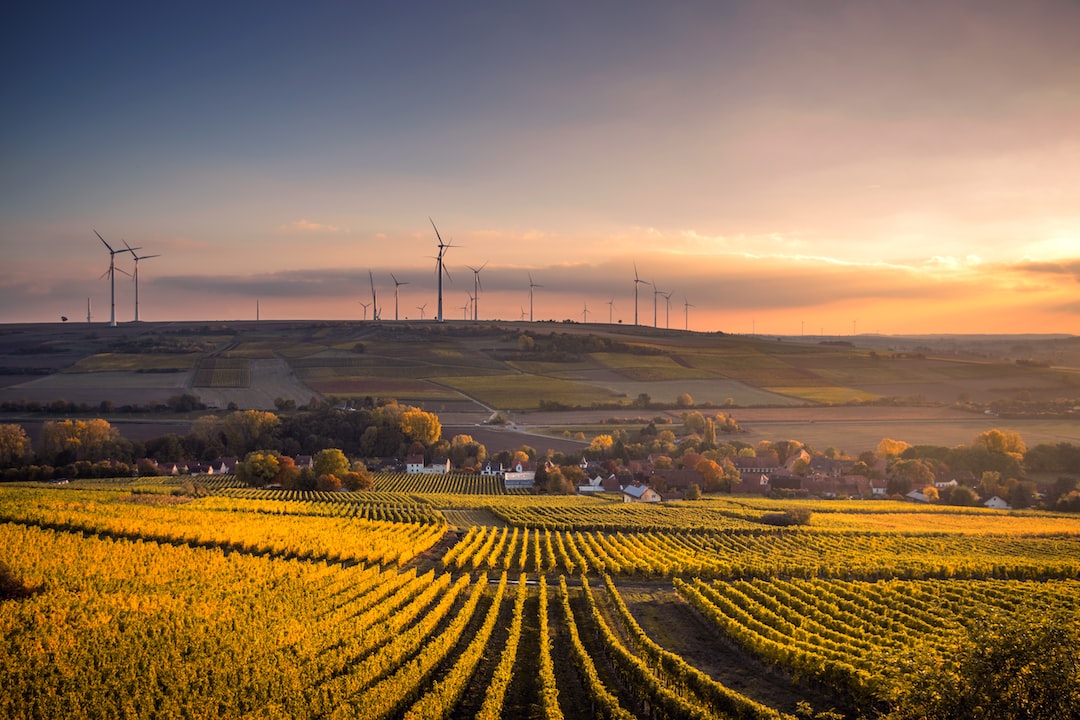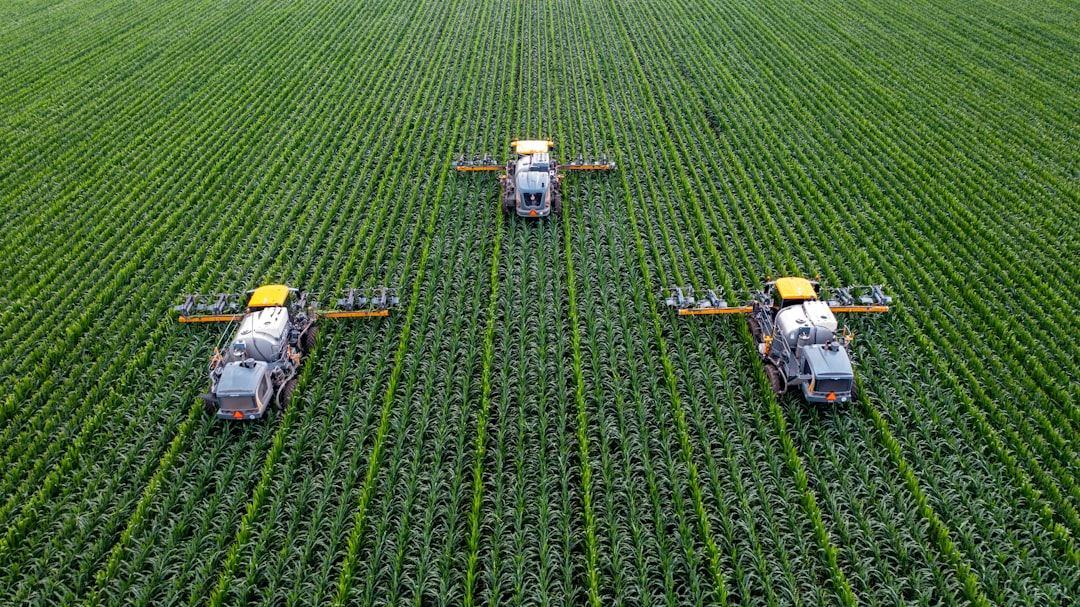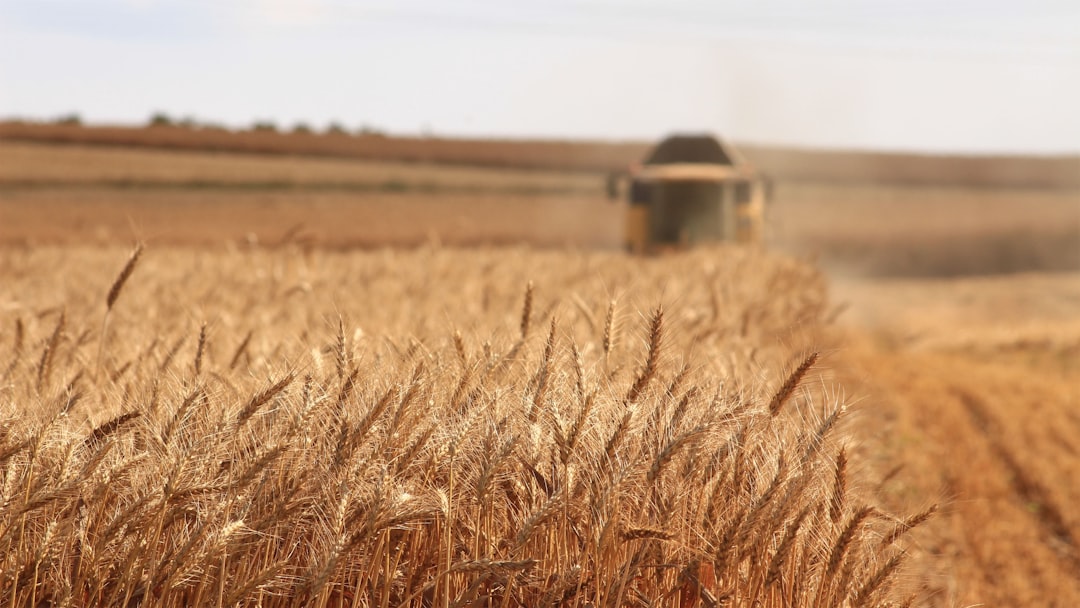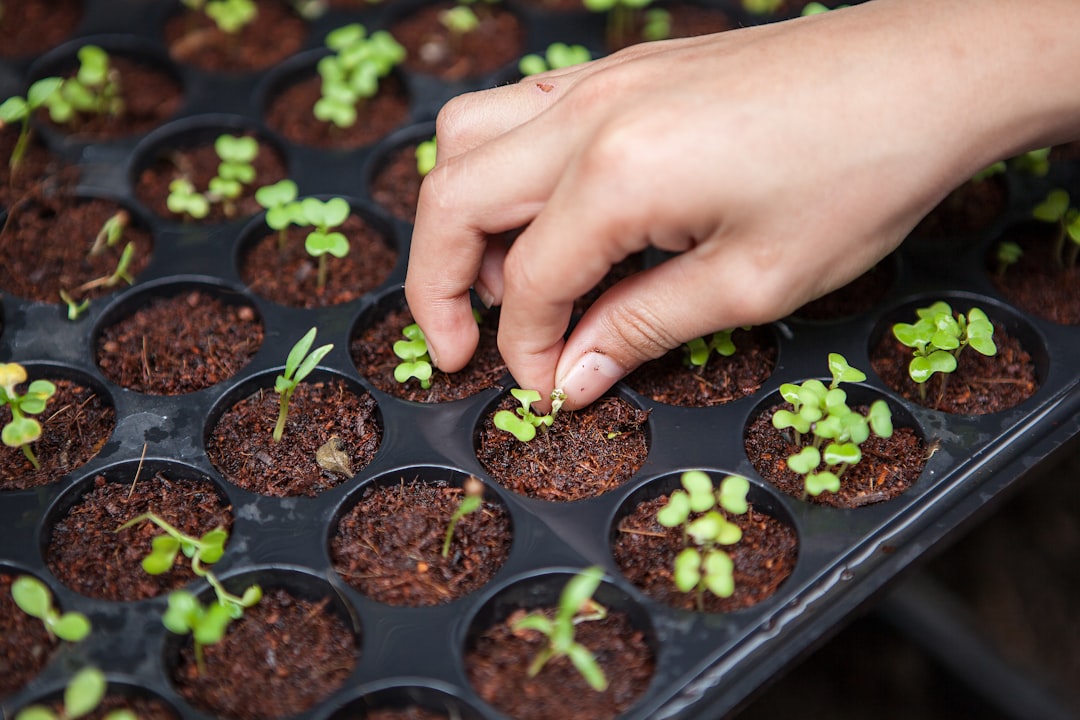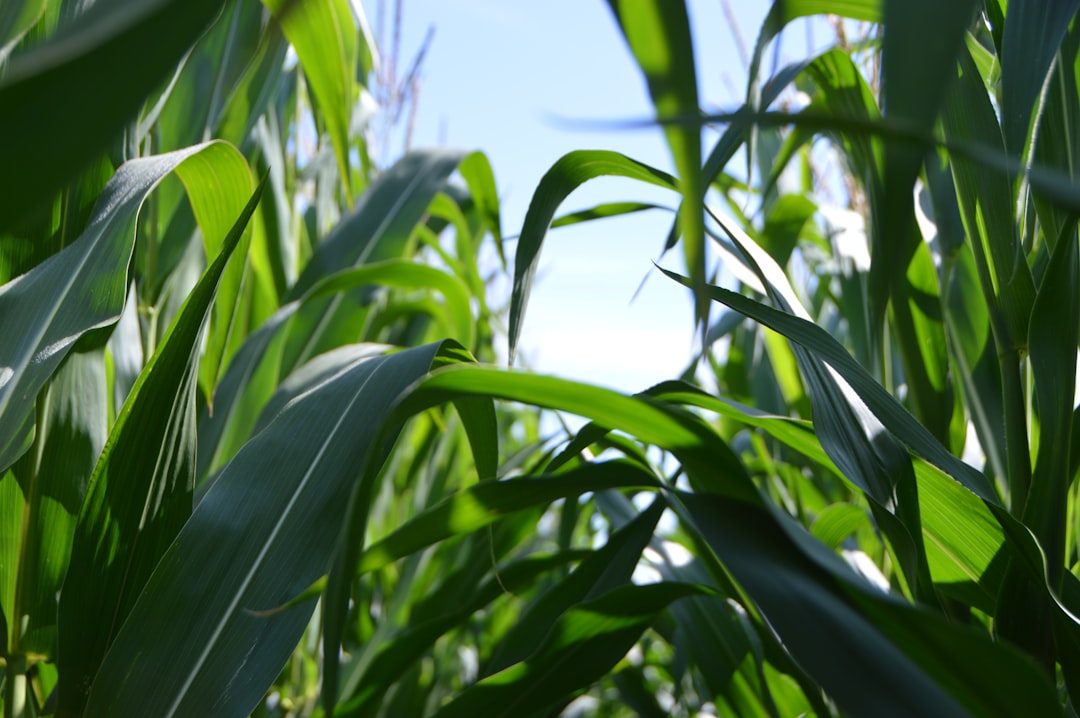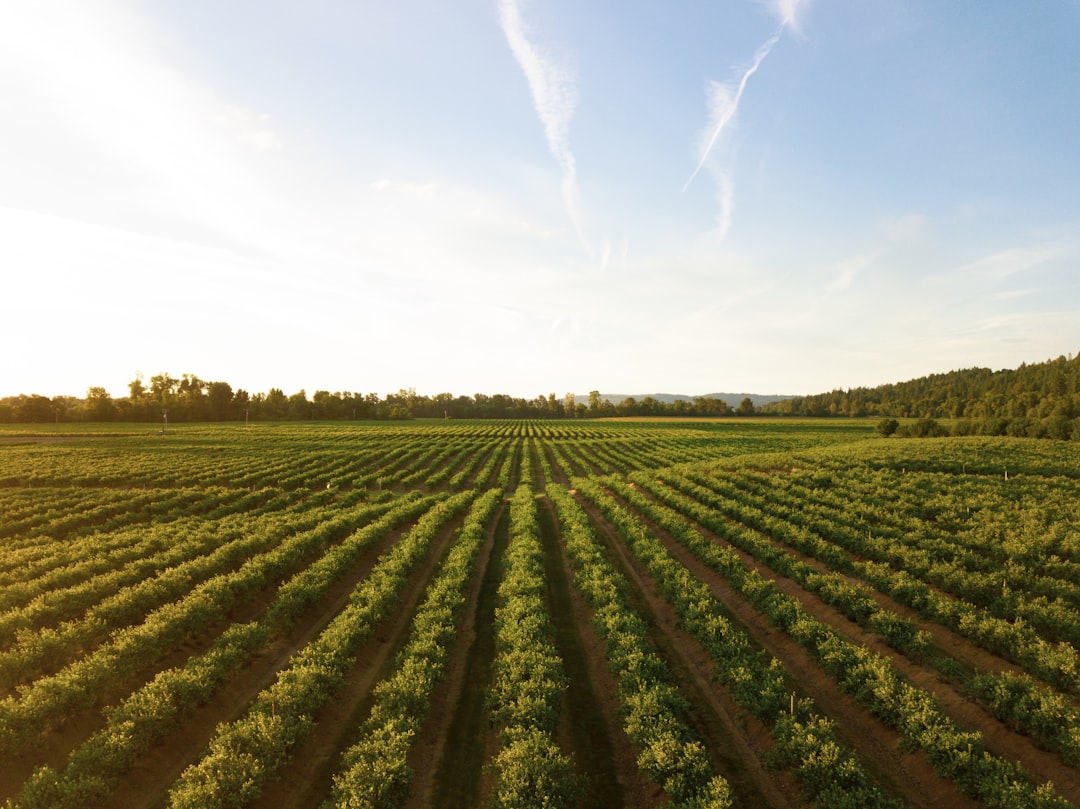As the world population continues to grow, the demand for food is increasing at an unprecedented rate, making it a significant challenge for the agricultural sector to meet the increasing needs. To tackle this challenge, artificial intelligence (AI) has entered into the agricultural sector as a game-changer, creating new opportunities that offer innovative solutions through precision farming, robotics, and animal agriculture. AI has opened up unimaginable possibilities that were deemed impossible in the past, and despite the skepticism of some, it is steadily transforming agriculture.
AI has brought about a new era in agriculture, aimed at improving yield, safety, and sustainability while reducing costs, environmental impact, and labor requirements. This new era of agriculture will change the way we farm and produce food for generations to come. With AI playing an increasingly vital role in agriculture, the future of the industry looks promising.
In this blog post, we will dive into how AI can optimize crop yield through precision farming, how robotics and farm labor are changing with AI, how animal agriculture can benefit from AI, the role of AI in sustainability and climate change, as well as the concerns and challenges facing the implementation of AI in agriculture. We will explore the potential benefits and limitations of AI in the agricultural sector, and discuss whether or not AI is a game-changer for agriculture. So, let’s get started on this exciting journey of discovering how AI is shaping the future of agriculture.
Section 1 – Precision Farming: How AI Can Optimize Crop Yield
Precision farming has been a buzzword in the agricultural industry for some time now. It involves using advanced technologies to optimize crop yield and reduce waste. The integration of AI in precision farming has revolutionized the way we approach farming, making it more efficient, sustainable, and profitable.
One of the key benefits of using AI in precision farming is the ability to collect and analyze vast amounts of data. With sensors, drones, and other smart farming devices, farmers can track various factors such as moisture levels, temperature, soil nutrients, and plant growth in real-time. This data can be fed into AI algorithms that provide valuable insights into crop management and help identify potential problems early on.
For example, AI can detect early signs of disease or pest infestations, and alert farmers to take preventive measures. It can also recommend the best time for planting, fertilizing, and harvesting based on weather patterns and other environmental factors. This level of precision in farming not only helps improve crop yields but also reduces the use of pesticides, herbicides, and other harmful chemicals.
Furthermore, AI-powered precision farming enables farmers to customize their approach to each field, crop, or even plant. By analyzing the data collected from each field, AI systems can recommend specific nutrient mixes, irrigation schedules, and planting patterns that optimize crop growth and yield.
The benefits of precision farming with AI are not limited to large industrial farms; small-scale farmers can also benefit from using these technologies. AI-powered precision farming tools can help small farmers make informed decisions and reduce input costs by minimizing wastage and resource usage.
Although AI in precision farming offers many advantages, it is not without its challenges. Data privacy, data ownership, and data sharing are all contentious issues that need to be addressed. Several regulations need to be framed to govern the use of AI in agriculture, protecting farmers’ interests.
In conclusion, AI-powered precision farming is a game-changer for agriculture. The integration of AI in precision farming has the potential to revolutionize the way we approach farming, making it more productive, sustainable, and efficient. It can also help farmers optimize crop yields while reducing input costs and minimizing environmental damage. However, it is essential to address the challenges and concerns associated with AI in agriculture through appropriate regulations and ethical standards.
By analyzing the data collected from each field, AI systems can recommend specific nutrient mixes, irrigation schedules, and planting patterns that optimize crop growth and yield.
Section 2 – Robotics and Farm Labor: AI in Agriculture Workforce
Agriculture has always been one of the most labor-intensive industries, requiring a large amount of manual labor. However, with the introduction of robotics and AI, farmers can now automate tasks that were previously performed by humans. This not only saves time but also helps reduce labor costs and increase efficiency.
Robots can be used for a variety of tasks in agriculture, from planting and harvesting crops, to monitoring the health of plants and animals. They can be programmed to perform specific tasks like pruning, irrigating and fertilizing crops, which helps optimize productivity and minimize waste.
AI is also making it possible for farmers to monitor their fields in real-time, allowing them to make data-driven decisions about planting, fertilizing and harvesting crops. Drones equipped with high-resolution cameras and sensors can fly over fields, collecting data on soil moisture, plant height, and vegetation health, making it possible to identify issues before they become larger problems.
Another area where AI is transforming the agricultural industry is in the area of livestock farming. Robotics can be used to monitor the health of animals, feed them, and even milk them. AI-powered systems can track animal behavior patterns and learn to predict when an animal is pregnant, sick, or in need of medical attention, allowing farmers to provide better care for their animals.
One of the biggest benefits of using robotics and AI in agriculture is that it offers a solution to the ongoing labor shortage in the industry. With the aging workforce in the agricultural sector, it is becoming increasingly difficult to find enough workers to perform the necessary tasks. By implementing AI and robotics, farmers can automate tasks and reduce their reliance on manual labor.
However, there are some concerns with the use of AI and robotics in agriculture, particularly around the potential loss of jobs for manual laborers. Additionally, there are concerns about the potential for robotics to replace human decision-making on the farm, leading to a loss of local knowledge and expertise.
Overall, the benefits of incorporating AI and robotics in agriculture are clear, from increased productivity and reduced labor costs to improved animal welfare and more sustainable farming practices. As with any new technology, however, it is important to carefully consider the potential risks and challenges and to ensure that responsible ethical practices are in place.
AI-powered systems can track animal behavior patterns and learn to predict when an animal is pregnant, sick, or in need of medical attention, allowing farmers to provide better care for their animals.
Animal Agriculture: Enhancing Livestock Productivity with AI
Animal agriculture is a significant part of the agriculture industry, and it has been facing a lot of productivity and ethical issues over the years. The use of AI in animal agriculture has the potential to address these problems by enhancing livestock productivity and improving animal welfare. In this section, we will explore how AI is transforming animal agriculture and creating new opportunities for farmers worldwide.
One of the significant challenges in animal agriculture is the inconsistency in the productivity and quality of livestock outputs. Artificial intelligence is now being used to monitor and analyze livestock behavior, including feeding patterns, movement, and health indicators, such as heart rate, body temperature, and weight gain. With AI-enabled systems, farmers can track and monitor the health and behavior of individual animals and entire herds in real-time accurately. This information can provide insights into the specific needs of individual animals, allowing farmers to tailor diets, address health issues immediately, and optimize breeding.
AI applications in animal agriculture also have a tremendous impact on animal welfare. AI-based systems can identify abnormal behavior, stress, or illness in livestock and alert farmers to intervene in time. With AI-powered monitoring systems, farmers can identify animals that are not eating, drinking, or that are showing signs of stress, such as fatigue or unease, and once identified, they can take immediate corrective action, thus improving the overall welfare of the animals.
Further, AI-powered systems can provide farmers with data related to productivity, including the feed consumed, milk produced by cows, and eggs produced by chickens. By analyzing this data, farmers can make informed decisions regarding their breeding programs, nutritional management techniques, and disease prevention practices. AI can also be used to identify patterns in animal behavior, helping farmers anticipate changes in animal health or environmental factors that might affect animal productivity. Using this data allows farmers to create targeted strategies to prevent issues, lower costs, and optimize production.
The use of AI in animal agriculture is also transforming the way we think about food sustainability. With population growth, food production will need to increase, while minimizing the resulting environmental impact. AI can help farmers optimize their resources, such as feed, water, and land, while reducing the carbon footprint associated with animal agriculture.
In conclusion, the use of AI in animal agriculture is a game-changer for the industry. By enhancing the productivity of livestock, improving animal welfare, and promoting sustainability, AI is enabling farmers to make data-driven decisions that enhance the profitability and success of their operations. The integration of AI in animal agriculture is still in its early stages, and there are challenges ahead, but with the potential benefits that AI can bring, it’s only a matter of time before AI will become a part of everyday life for farmers worldwide.
In this section, we will explore how AI is transforming animal agriculture and creating new opportunities for farmers worldwide.
Section 4 – Sustainability and Climate Change: The Role of AI in Agriculture
Sustainability and climate change are two major challenges that the agricultural sector has been grappling with for decades. As the global population continues to grow, the demand for food and other agricultural products is also rising. However, producing more food to meet the growing demand without compromising the environment is a major challenge.
Fortunately, AI has the potential to address some of these challenges by optimizing agriculture practices and making them more sustainable. For instance, AI algorithms can help farmers optimize their use of water and fertilizer, reducing resource waste and minimizing the impact on the environment. AI can help identify areas of land that are most at risk of soil erosion, enabling farmers to take necessary precautions to protect the land.
Climate change is also a major concern for the agricultural sector. Rising temperatures and unpredictable weather patterns can significantly impact crop yields and livestock productivity. With AI, farmers can access real-time weather data and receive alerts on potential weather events, allowing them to take necessary precautions such as moving livestock to safer land areas.
Another area where AI is playing a significant role is in reducing greenhouse gas emissions. AI algorithms can help analyze the carbon footprints of different agricultural practices and identify areas where emissions can be reduced. For instance, AI can help farmers optimize their use of fertilizers and pesticides, reducing the amount of carbon dioxide released into the environment.
Despite these potential benefits, there are also concerns about the use of AI in agriculture. One of the major concerns is the potential for AI to widen the gap between large industrial farms and small-scale farming operations. There are also concerns about data privacy and the potential for AI to be used to exploit farmers.
As AI continues to play an increasingly important role in agriculture, it is crucial that policymakers and stakeholders work together to address these concerns and develop ethical and regulatory frameworks that ensure the responsible use of AI in agriculture.
In conclusion, the use of AI in agriculture holds great potential for addressing some of the major challenges facing the sector today, including sustainability and climate change. However, it is important to approach AI with caution and ensure that its use is ethical and regulated to ensure a sustainable and equitable future for agriculture.
However, producing more food to meet the growing demand without compromising the environment is a major challenge.
Challenges and Concerns: Ethics and Agriculture AI Regulations
As with any emerging technology, there are concerns and challenges that need to be addressed with the use of AI in agriculture. One of the biggest concerns is how AI will impact the workforce. With the advancement of AI and robotics, there is a fear that many agricultural jobs will be replaced, leading to widespread unemployment.
Another major concern is the ethical considerations surrounding the use of AI in farming. Some argue that the use of AI could lead to a decrease in the quality of life for animals, as they are monitored and controlled in new ways. It is essential to address these concerns and establish ethical guidelines for the development and use of AI in agriculture.
Furthermore, regulations surrounding the use of AI in agriculture must be adequately implemented and enforced to prevent misuse of the technology. With so much potential for growth and progress, it is essential that safety and ethical considerations are taken into account.
Finally, privacy and data security concerns also need to be addressed as the use of AI in agriculture involves the collection and analysis of sensitive data.
As AI becomes more prevalent in agriculture, it is crucial to develop frameworks and regulations that encourage innovation while prioritizing ethical considerations, protecting the rights of humans, animals, and the planet.
With the advancement of AI and robotics, there is a fear that many agricultural jobs will be replaced, leading to widespread unemployment.
Conclusion – “AI: A Game-Changer for Agriculture?”
After exploring the many ways in which AI is transforming agriculture, it’s safe to say that this technology is definitely a game-changer for the industry. From precision farming to animal agriculture, AI is making significant contributions to food production, and the potential for further innovation is immense.
One of the key benefits of AI in agriculture is increased efficiency. By automating processes and providing farmers with real-time data, AI can help optimize crop production and streamline operations. This, in turn, can increase yields, decrease waste, and ultimately lead to a more sustainable food system.
Furthermore, AI can help address some of the major challenges facing agriculture today. For example, as the global population continues to grow, there is increasing pressure to produce more food with fewer resources. By leveraging AI, farmers can better manage their resources, reduce their environmental impact, and improve overall productivity.
Of course, there are also concerns when it comes to the use of AI in agriculture. As with any new technology, there are risks and potential downsides that must be considered. For example, there are concerns about job displacement and the potential for AI to exacerbate existing inequalities within the industry.
There are also ethical considerations to take into account. For example, as AI becomes more prevalent in animal agriculture, there are questions around the treatment of animals and the implications of using technology to modify their genetics or behaviour.
Ultimately, the benefits of AI in agriculture are significant and shouldn’t be ignored. However, it’s important that we approach this technology with caution and keep a close eye on its impacts. By doing so, we can ensure that AI is used in a way that benefits both farmers and consumers while also promoting ethical and sustainable practices in agriculture.
In conclusion, the future of agriculture looks bright with the integration of AI. By leveraging this technology, we can improve food production, reduce inefficiencies, and contribute to a more sustainable and equitable food system.
